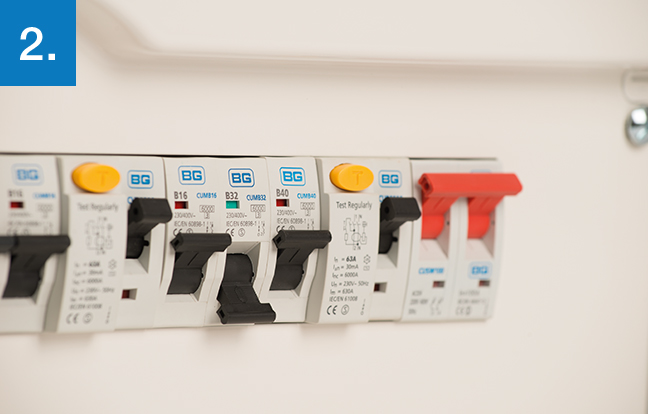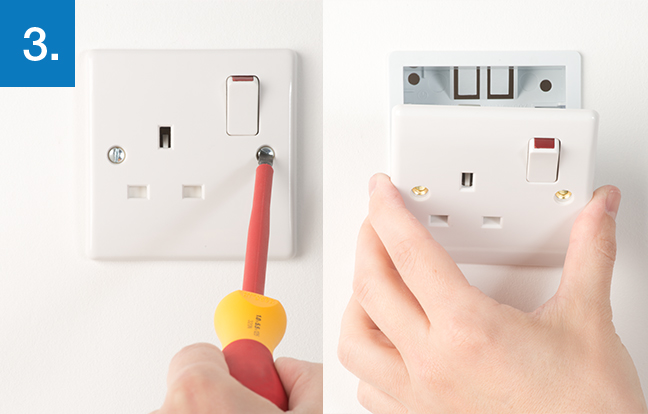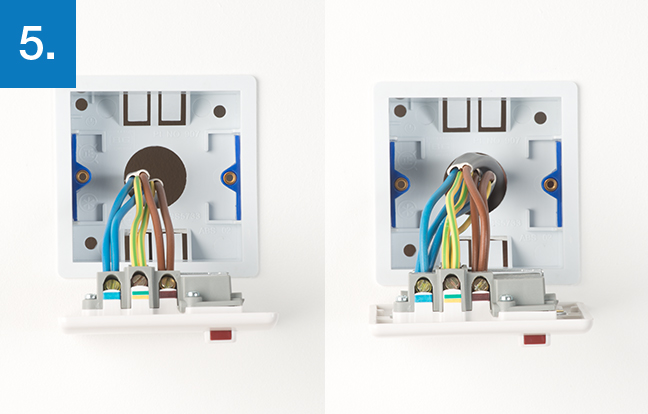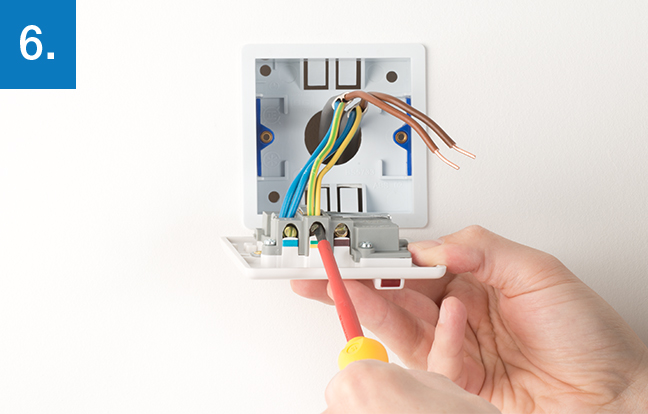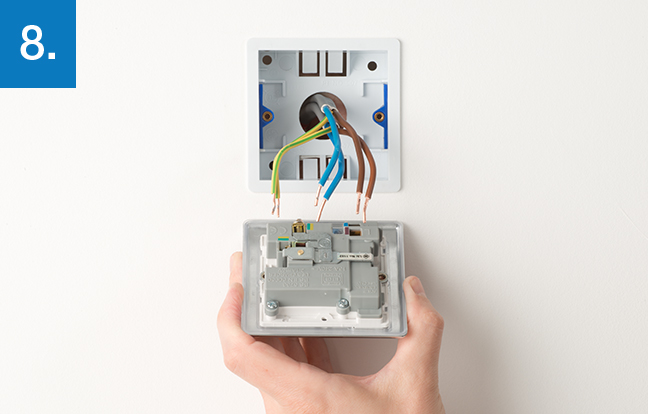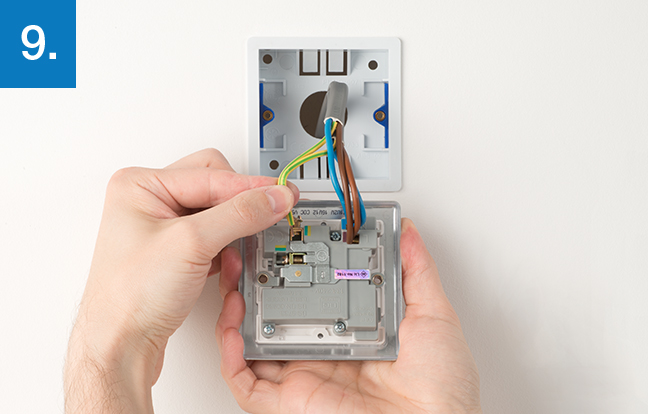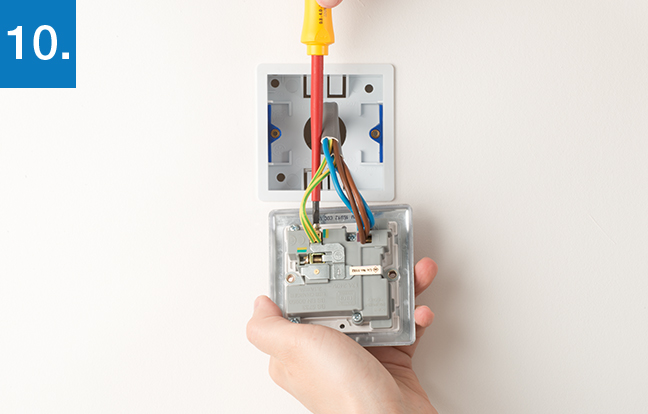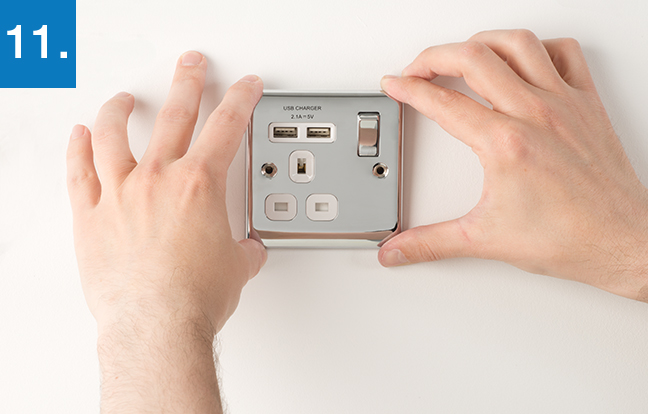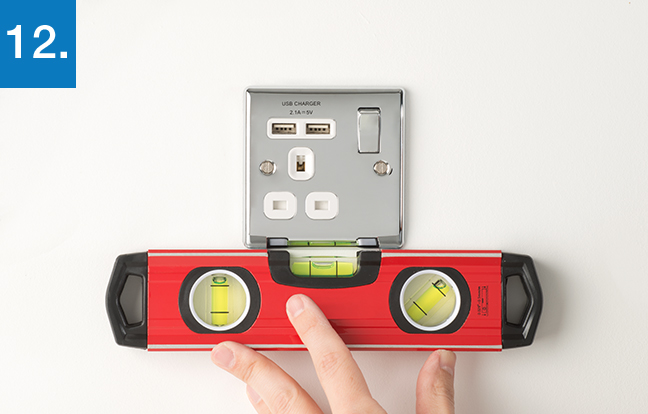Things to think about
For your safety, this product must be installed in accordance with local Building Regulations.
If in any doubt, or where required by the law, consult a competent person who is registered with an electrical self-certification scheme. Further information is available online or from your Local Authority.
Please read carefully and use in accordance with these safety wiring instructions. Before commencing any electrical work ensure the supply is switched off at the mains. Either by switching off the consumer unit or by removing the appropriate fuse. Wiring should be in accordance with the latest edition of the IET regulations (BS 7671) To prevent fire hazard always use cable of the correct rating, size & type for the application.
Any bare earth wires must be covered with appropriate green/yellow sleeving. Warning do not exceed the load rating of this device as stated on the rear of the product.
Always refer to and follow precisely the manufacturer’s instructions when fitting a new socket. Any electrical installation must comply with Building Regulations, specifically Part P, which came into effect on 1 January 2005, with the amended version coming into effect on 6 April 2006. A further update came into force on 6 April 2013. Refer to these regulations before carrying out any electrical work. Download at www.planningportal.gov.uk.
Health & Safety
Replacing a socket is non-notifiable under Part P, and therefore it is not necessary to have the work carried out by a qualified electrician, or to inform your local authority building inspector of the work, except in high-risk areas, or special locations, such as bathrooms.
For a full list of these locations, refer to Part P. Part P strongly advises taking advice from a qualified electrician for carrying out any DIY electrical work. All electrical work must be tested and inspected.
This guide shows fitting a metal socket onto a plastic flush mounting box and the instructions shown over page only relate to plastic mounting boxes. If you have metal mounting boxes, earthing requirements will vary, so refer to the manufacturer’s guidelines.
If the socket you are changing has two earth terminals, this means that it has a dual earth facility, which is required if you need to comply with Regulation 607 of BS7671. As always, follow the manufacturer’s guidelines and recommendations in such instances.
If you find earth wires are bare, you must sheathe them with green and yellow sleeving.
Colours used in hard-wire installations (including cables supplying sockets) have changed in recent years. The table below shows the different colours for wires, prior to and after April 2004.


























